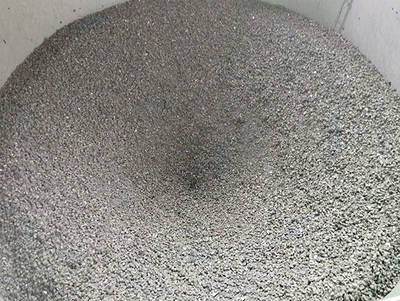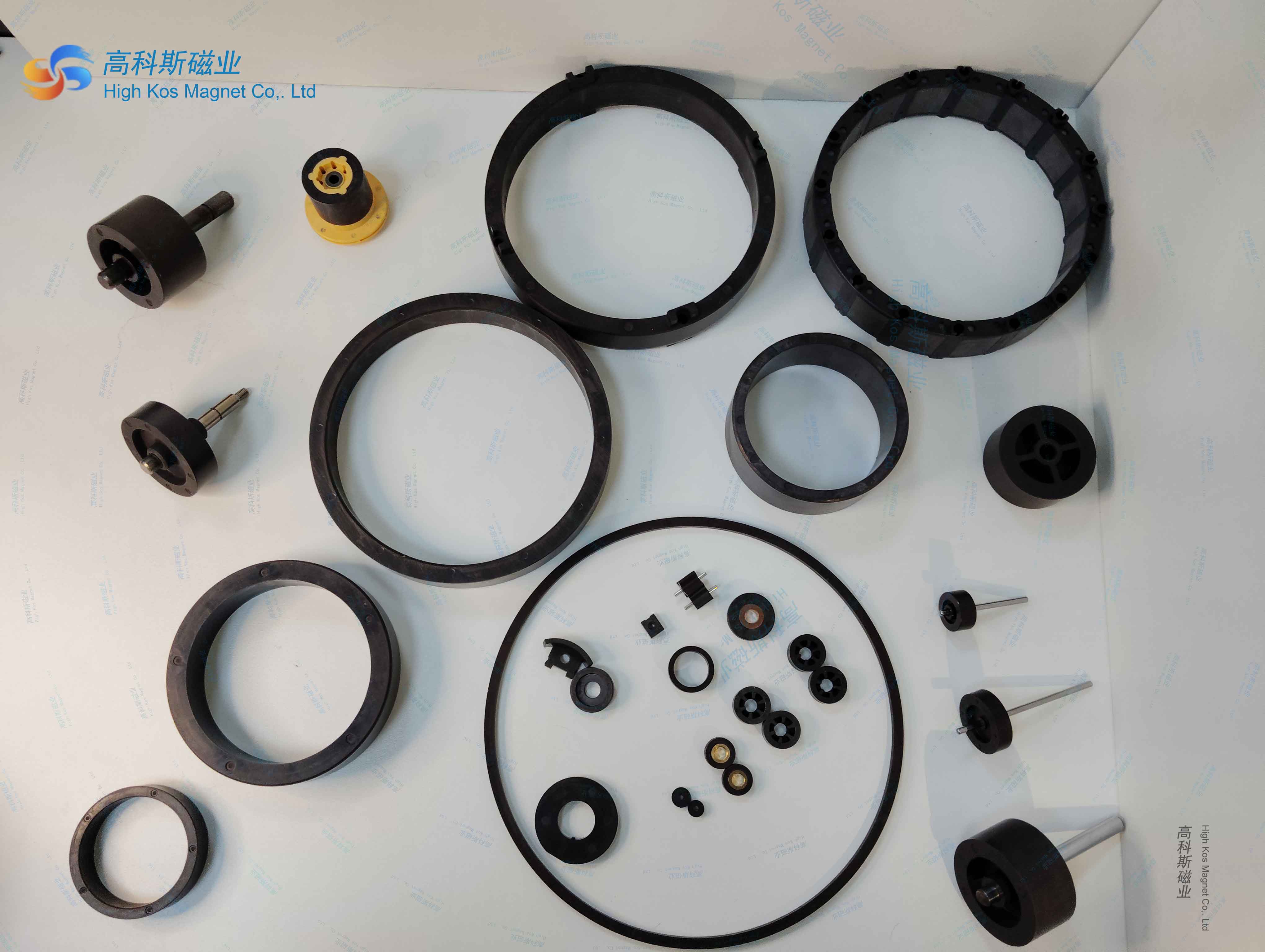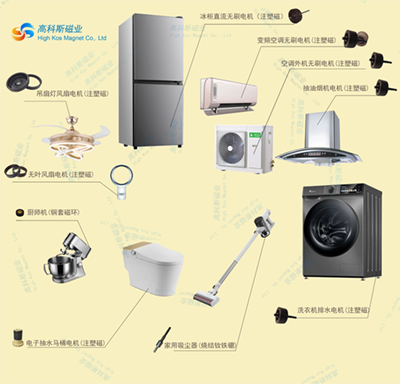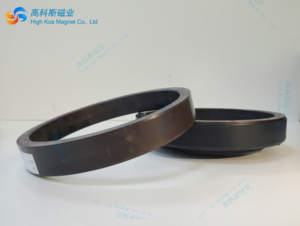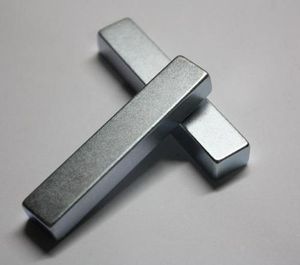Are there some processes for bonding ferrite?
High Kos Magnet Co,.Ltd mainly focuses on injection-molded ferrite products, covering most internal and external rotors for brushless DC motors. Welcome to consult.
Bonded Ferrite Production Process
The manufacturing process of bonded ferrites mainly includes three stages: raw material processing, forming, and post-treatment. Different process technologies directly
affect the magnetic properties and application scenarios.
Forming Processes
The forming methods for bonded ferrites are diverse and can be selected based on product shape and precision requirements:
1. **Injection Molding**
- Process: Heated mixed particles are injected into molds and cooled for demolding.
- Advantages: Suitable for complex shapes (e.g., thin-walled, porous structures) with high dimensional accuracy.
- Applications: Household BLDC motors, industrial motors, automotive sensors, and micro-speakers in consumer electronics.
2. **Calendering**
- Process: Mixed materials are rolled into thin sheets or coils.
- Advantages: Ideal for large-area thin sheet magnets (e.g., electromagnetic shielding) with high production efficiency.
- Applications: Home appliance motors, flexible magnetic stickers.
3. **Extrusion Molding**
- Process: Granular materials are continuously extruded through molds to form strips or tubes.
- Advantages: Cost-effective for simple cross-sectional profiles in batch production.
- Applications: Magnetic strips, sealing rings.
4. **Compression Molding**
- Process: Pressurized forming in molds followed by curing and demolding.
- Advantages: High-density output for simple-shaped, large-sized magnets.
- Applications: Industrial motor magnetic tiles, automotive starter motors.
